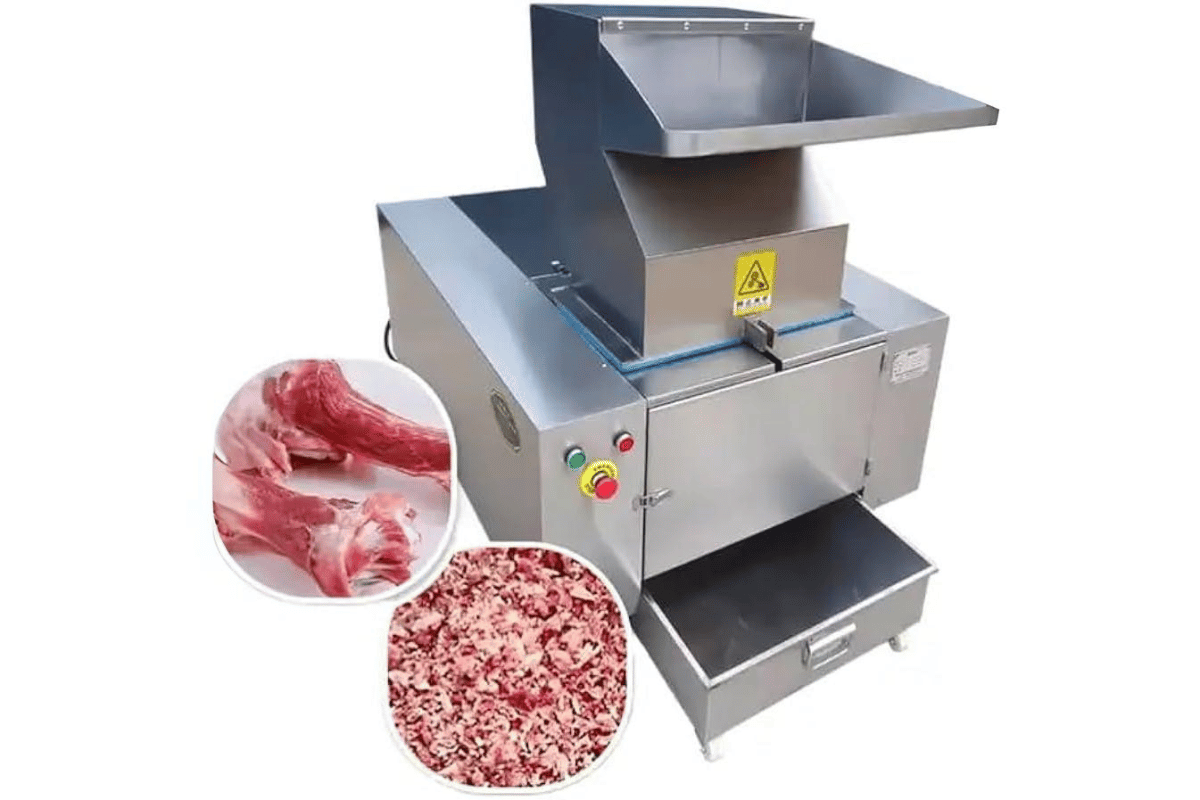10 years of experience as a food machinery equipment manufacturer
10 years of experience as a food machinery equipment manufacturer
Choosing the right meat chopper and mixer can significantly impact both home and commercial kitchen efficiency. The bewildering array of models, features, and price points presents a genuine challenge for buyers. Understanding key factors is crucial for making an informed purchase that meets specific needs.

Meat choppers, often called meat grinders, transform large cuts into ground meat. Mixers, conversely, uniformly combine ground meat with seasonings, fats, or other ingredients. Some appliances handle both tasks well, while others excel in one area. Identifying primary usage – frequent grinding for burgers or sausage making requiring mixing – is the essential first step.
Motor strength directly determines capability and longevity. Consider these power aspects:
Materials define sturdiness, hygiene, and grind/mix quality:
Scale according to typical batch sizes:
Well-established brands generally offer better quality control and customer service:
Look for features that simplify operation and cleanup:
Prospective buyers commonly wonder:
Choosing a meat chopper and mixer demands careful consideration. Balancing budget constraints with realistic power requirements, capacity needs, and essential durability features enables buyers to find a reliable appliance that truly fits their kitchen workflow and culinary aspirations.
